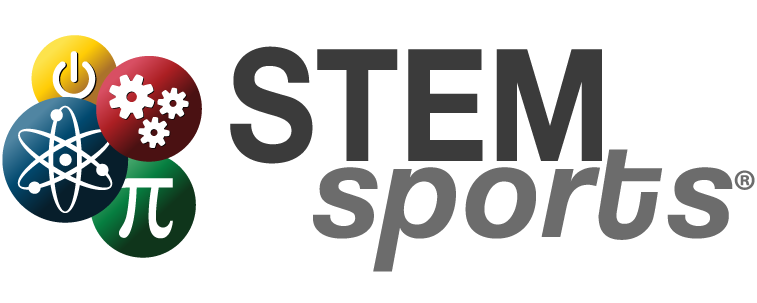In the coming months, school will be back in session for everyone from kindergarten to college. For students, this means stopping the summer fun and heading back into the classroom. For teachers, this involves a lot more work.
Over the last decade, many public schools across the United States have experienced critical cuts in their budget. State funds account for approximately 47 percent of K-12 national spending. It is because of this large percentage that cuts at the state level forces school districts within that state to scale back. School districts are forced to lower the budget on education and raise more money locally in hopes of covering the gap.
These budget cuts have led classrooms to have shortage in simple, yet essential, supplies such as paper and pencils. It also inhibits teachers from being able to fix tables, desks and chairs that were broken the school year before. Teachers are now being forced to use their own money to provide their classrooms with the tools their students need to succeed.
These budget cuts have led to a lack of teacher retention throughout the United States. There are currently 1,700 teacher vacancies. Of these vacancies, many of them are in science, technology, engineering and math subjects. A STEM teacher requires proper materials and curricula in order to properly teach their students- which they are not being supplied with.
In Arizona alone, only one in four classrooms will have a permanent teacher. This leaves classrooms with no consistency and teachers never take the time it requires to gain experience in their profession. Most of the issues and constant shifts can be accredited to the lack of resources educators are receiving.
Guest columnist and educator Nik Mar said, “Too many first-year teachers are struggling to navigate barriers that range from low pay and a lack of materials to limited professional development — all with little to no support.
According to a survey released by the Department of Education, in the 2014-15 school year 94 percent of public school teachers reported paying for their own classroom supplies without ever being reimbursed. Some teachers even had to go as far as paying for their students food. These large expenses have led GoFundMe pages to be made by these teachers to try to lessen their gap in spending.
Insider published an article about these budget cuts and their effect on teachers in different states throughout the U.S. In this, the author lists the top 20 states where teachers were spending most of their money on in-classroom supplies. They rank as the following:
Percentage of teachers who claimed an educator expense deduction in 2016: 102 percent (over 100 percent because of counselors and principals)
Average public school teachers salary: $66,477
Percentage of teachers who claimed an educator expense deduction in 2016: 93 percent
Average public school teachers salary: $62,200
Percentage of teachers who claimed an educator expense deduction in 2016: 88 percent
Average public school teachers salary: $50,000
Percentage of teachers who claimed an educator expense deduction in 2016: 86 percent
Average public school teachers salary: $72,561
Percentage of teachers who claimed an educator expense deduction in 2016: 85 percent
Average public school teachers salary: $60,214
Percentage of teachers who claimed an educator expense deduction in 2016: 85 percent
Average public school teachers salary: $57,253
Percentage of teachers who claimed an educator expense deduction in 2016: 84 percent
Average public school teachers salary: $49,407
Percentage of teachers who claimed an educator expense deduction in 2016: 84 percent
Average public school teachers salary: $47,403
Percentage of teachers who claimed an educator expense deduction in 2016: 82 percent
Average public school teachers salary: $69,623
Percentage of teachers who claimed an educator expense deduction in 2016: 80 percent
Average public school teachers salary: $54,602
Percentage of teachers who claimed an educator expense deduction in 2016: 79 percent
Average public school teachers salary: $65,863
Percentage of teachers who claimed an educator expense deduction in 2016: 78 percent
Average public school teachers salary: $47,500
Percentage of teachers who claimed an educator expense deduction in 2016: 77 percent
Average public school teachers salary: $52,339
Percentage of teachers who claimed an educator expense deduction in 2016: 76 percent
Average public school teachers salary: $79,637
Percentage of teachers who claimed an educator expense deduction in 2016: 75 percent
Average public school teachers salary: $42,925
Percentage of teachers who claimed an educator expense deduction in 2016: 74 percent
Average public school teachers salary: $66,961
Percentage of teachers who claimed an educator expense deduction in 2016: 74 percent
Average public school teachers salary: $48,868
Percentage of teachers who claimed an educator expense deduction in 2016: 74 percent
Average public school teachers salary: $57,376
Percentage of teachers who claimed an educator expense deduction in 2016: 74 percent
Average public school teachers salary: $77,804
Percentage of teachers who claimed an educator expense deduction in 2016: 74 percent
Average public school teachers salary: $51,077
These out-of-pocket expenses for educators across the United States has led them to have to shop for their classrooms in savvier ways. At STEM Sports®, we see the battle that teachers are fighting and do our best to combat this issue with all of our kits. Each STEM curriculum kit provides educators with a teachers manual and all of the necessary reusable materials for the students to complete the modules.
STEM Sports® turnkey curriculum offer K-8 teachers with the opportunity to give their students quality science, technology, engineering and math lessons in a cost effective manner. Since all of the materials in the kits are reusable, educators can continue to use their STEM curriculum kit with future classes.
The longevity of each STEM Sports® kit is focused on both teachers and their students. As part of the STEM initiative, we at STEM Sports® believes that every student deserves the opportunity to improve their STEM literacy. Because of that, we want to give every educator who purchases one of our kits everything they need in order to enhance their students learning experience.
